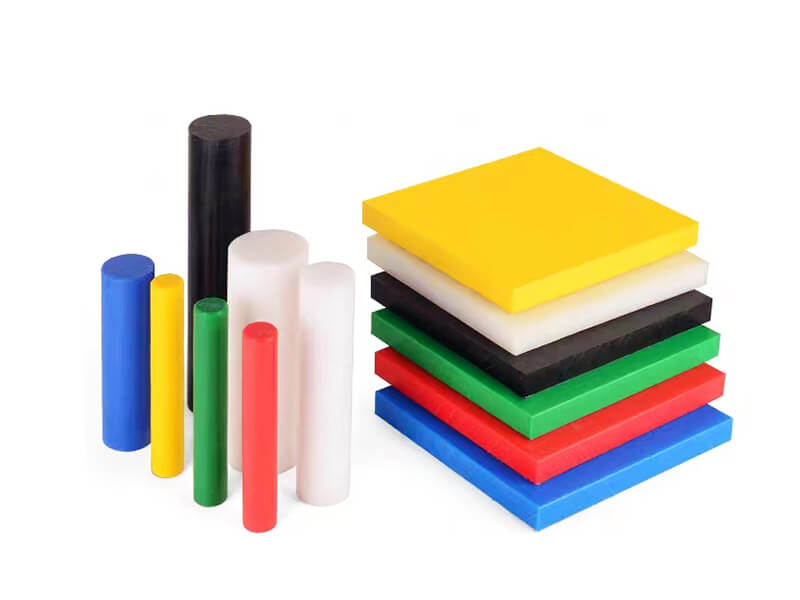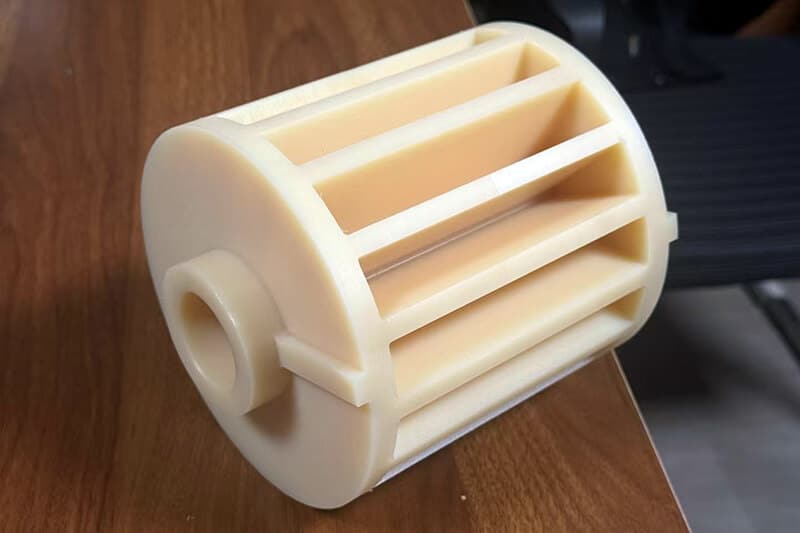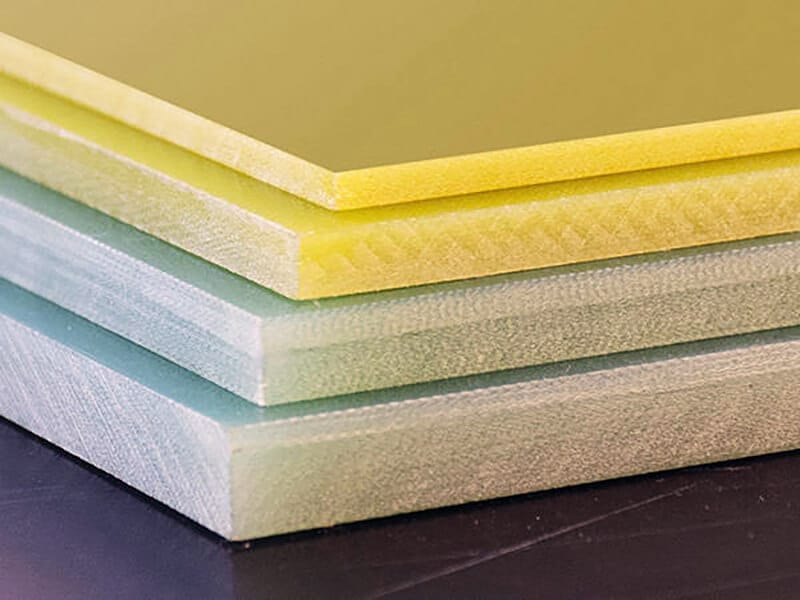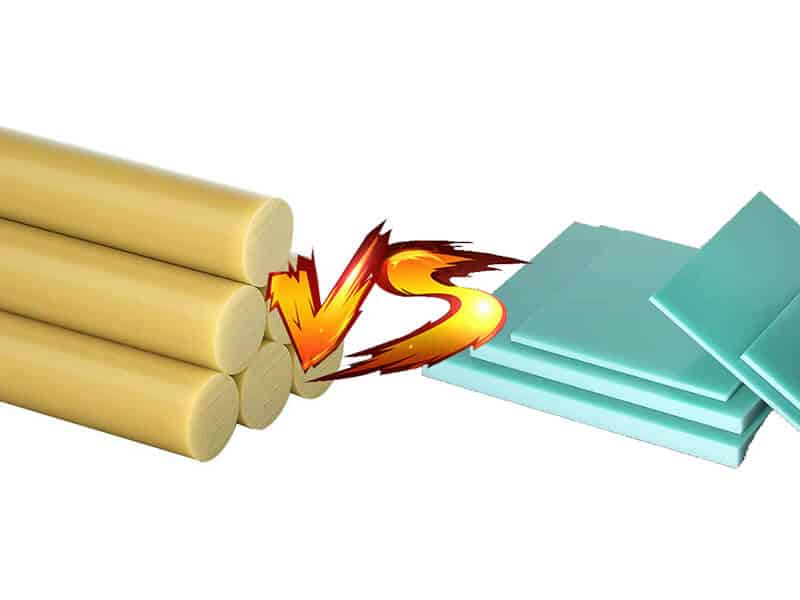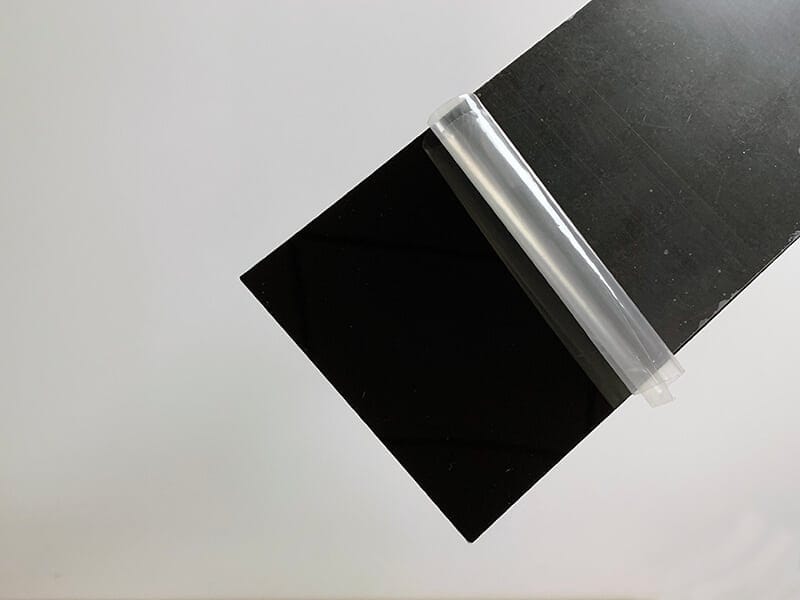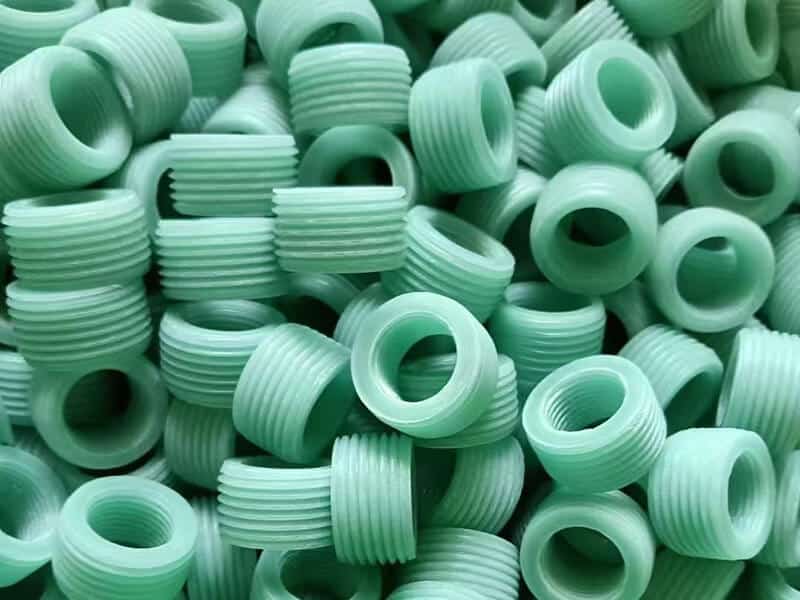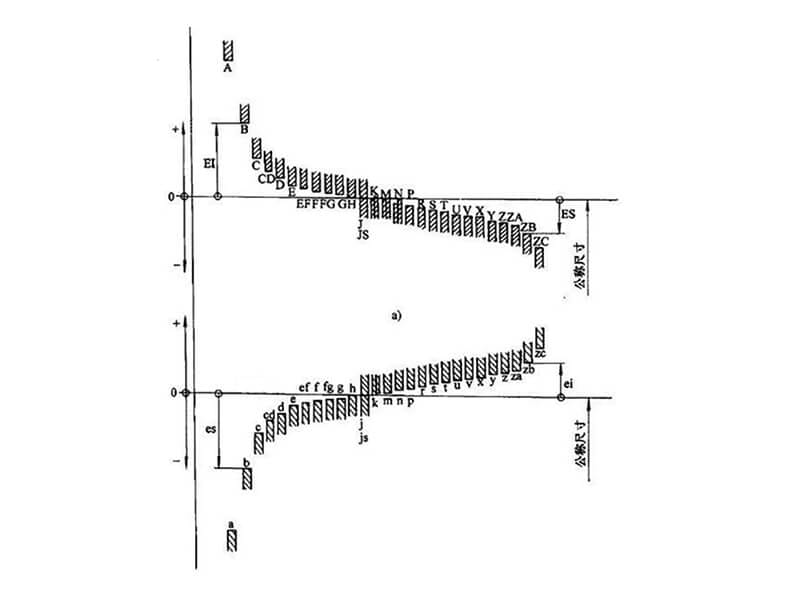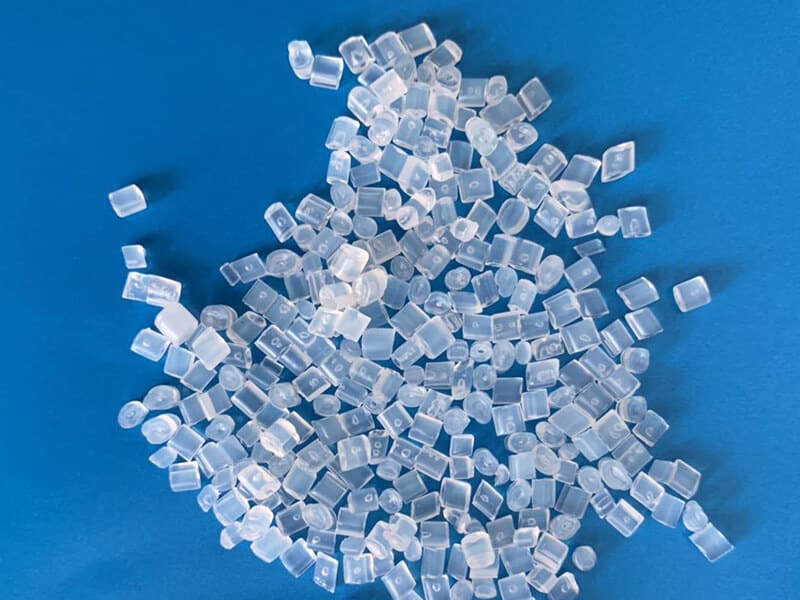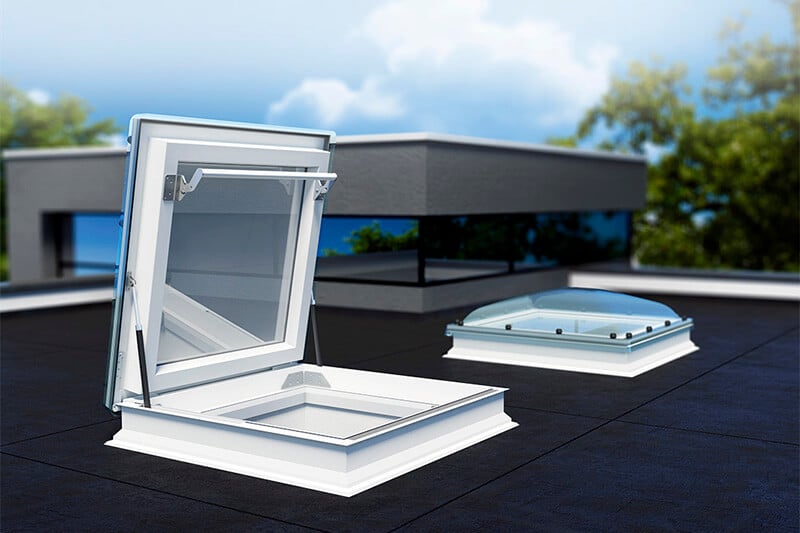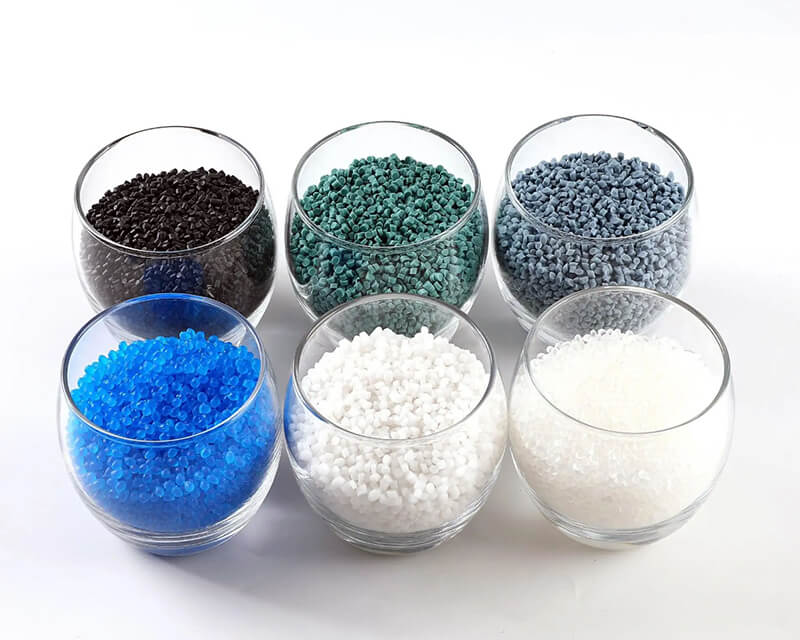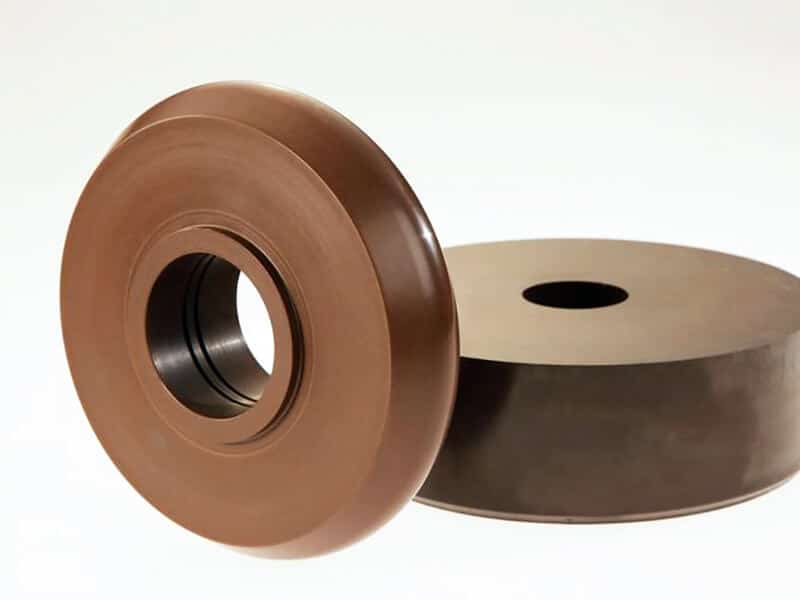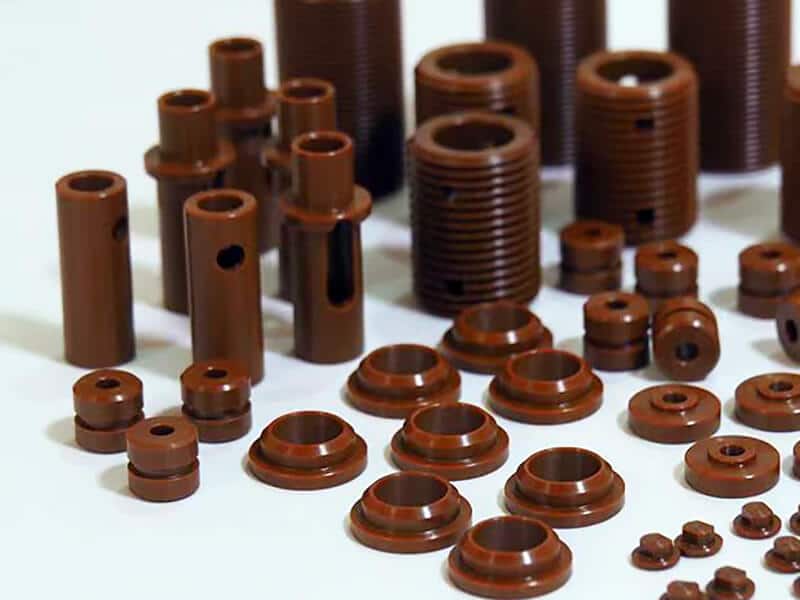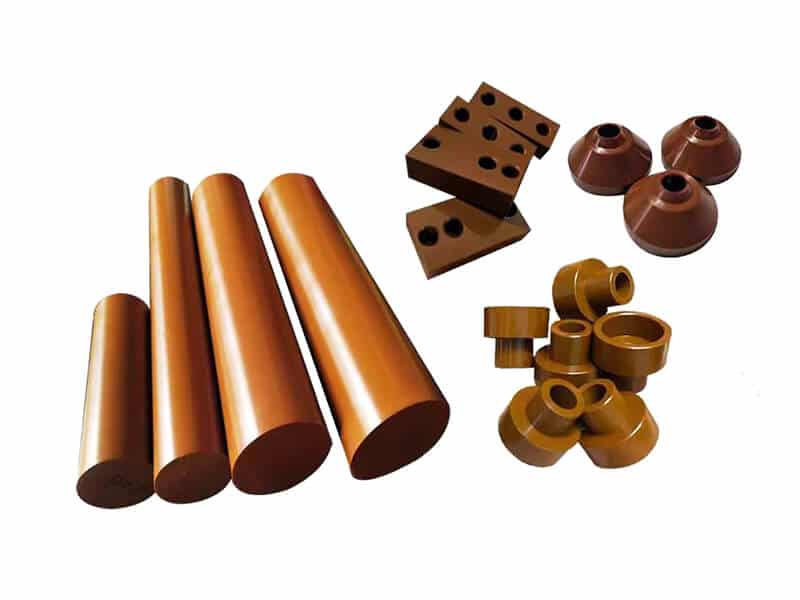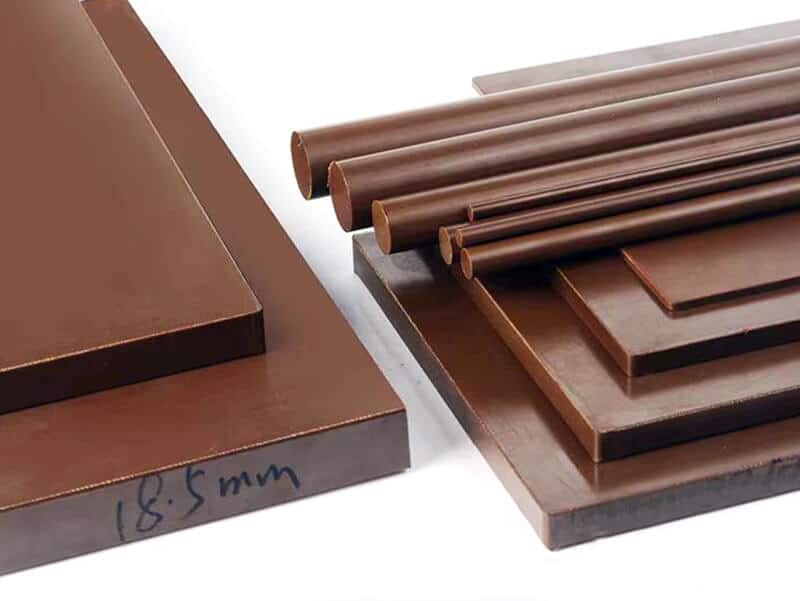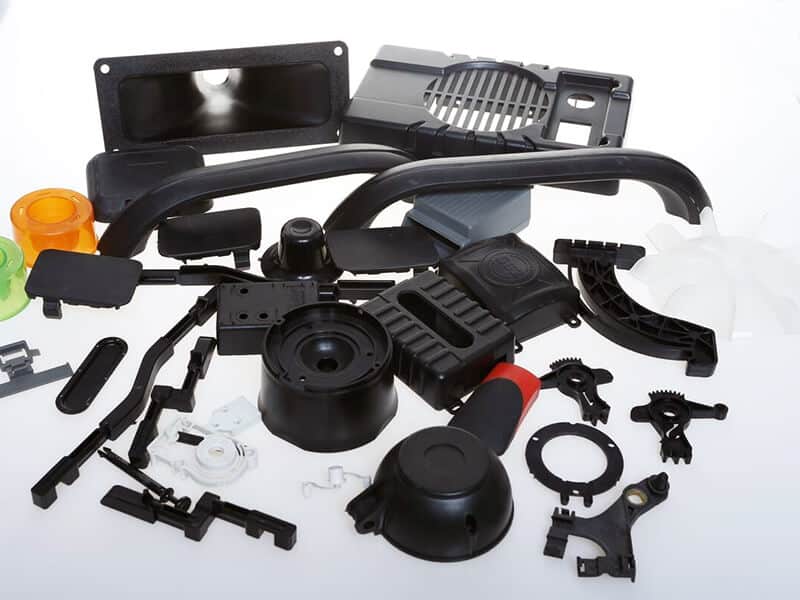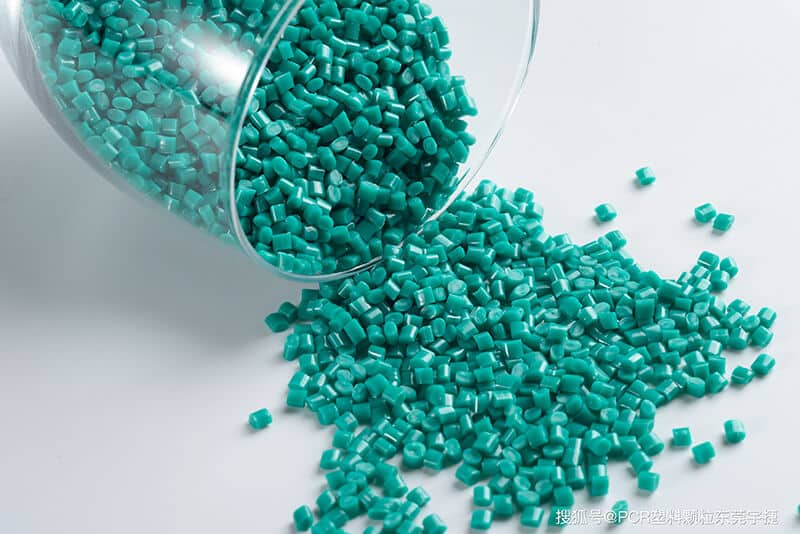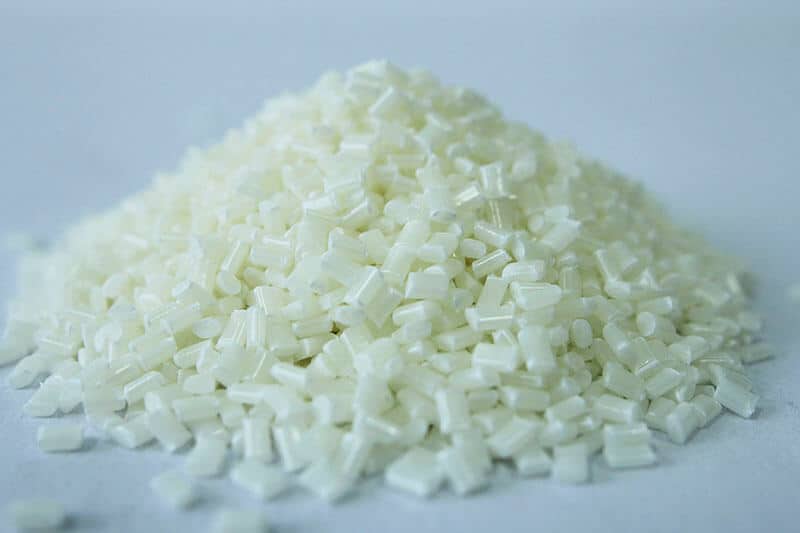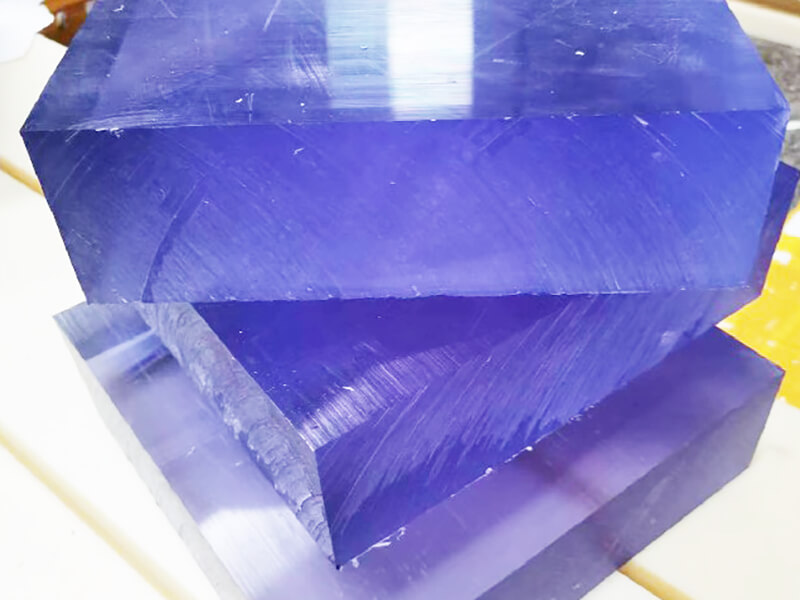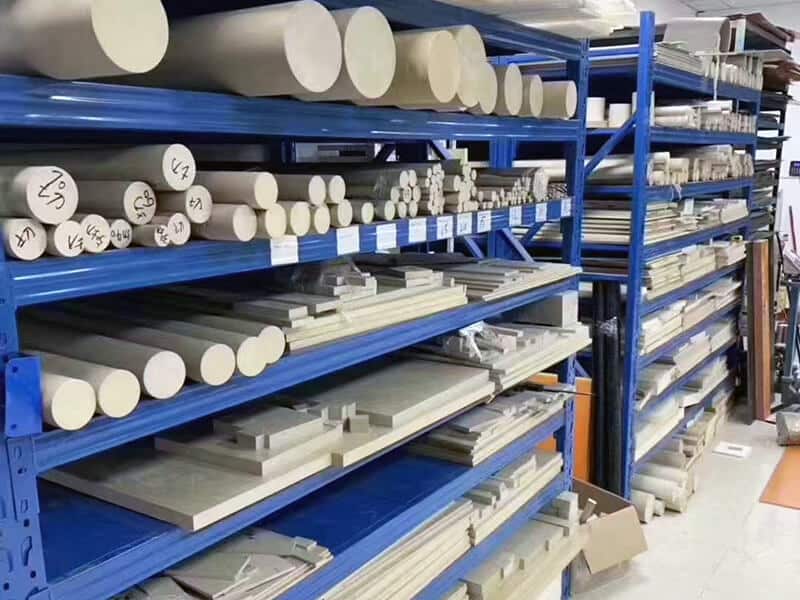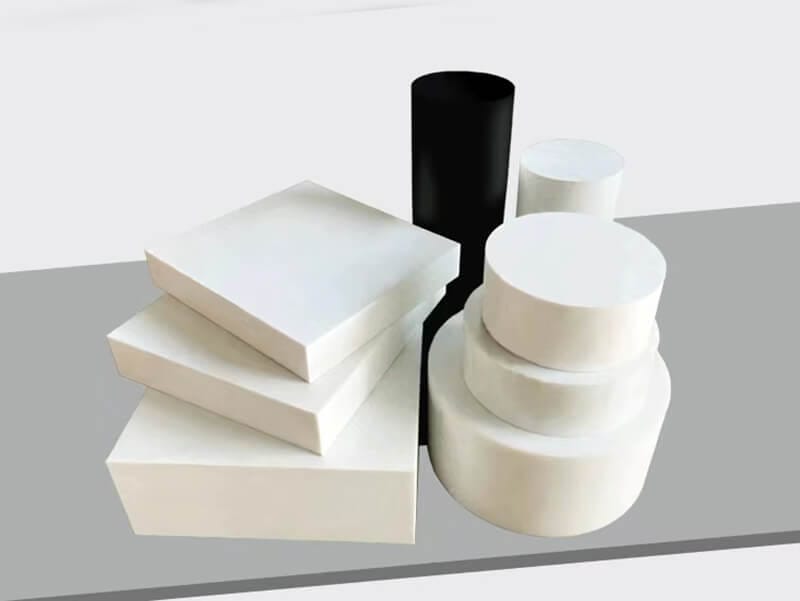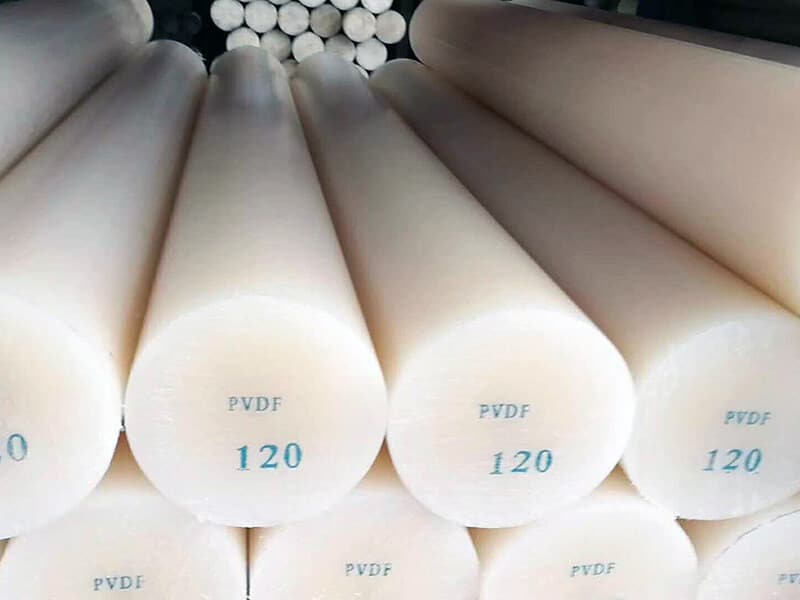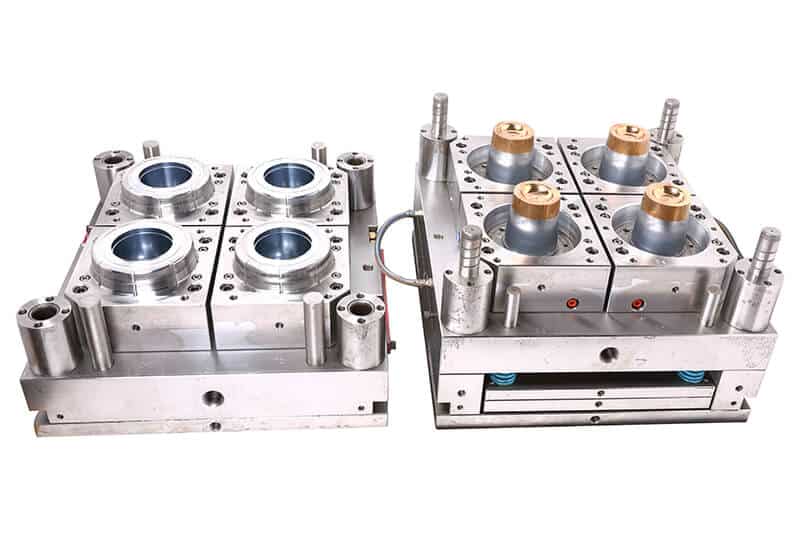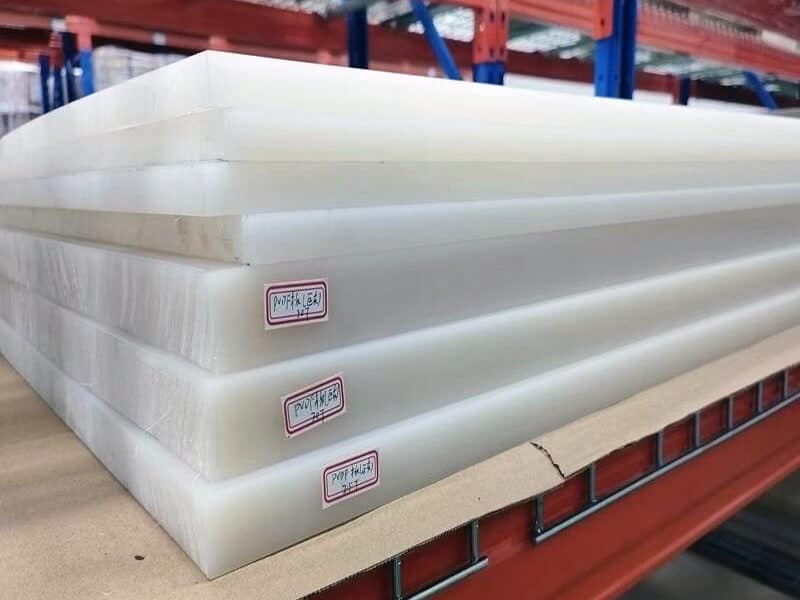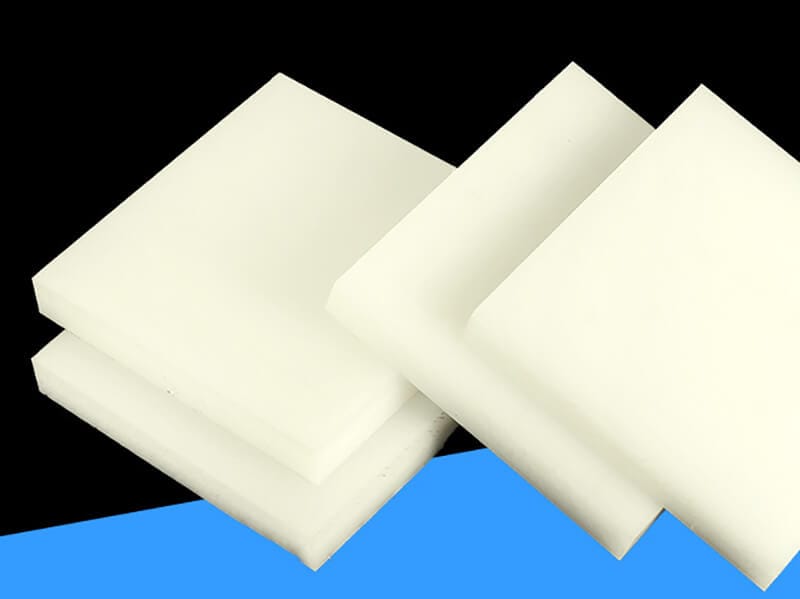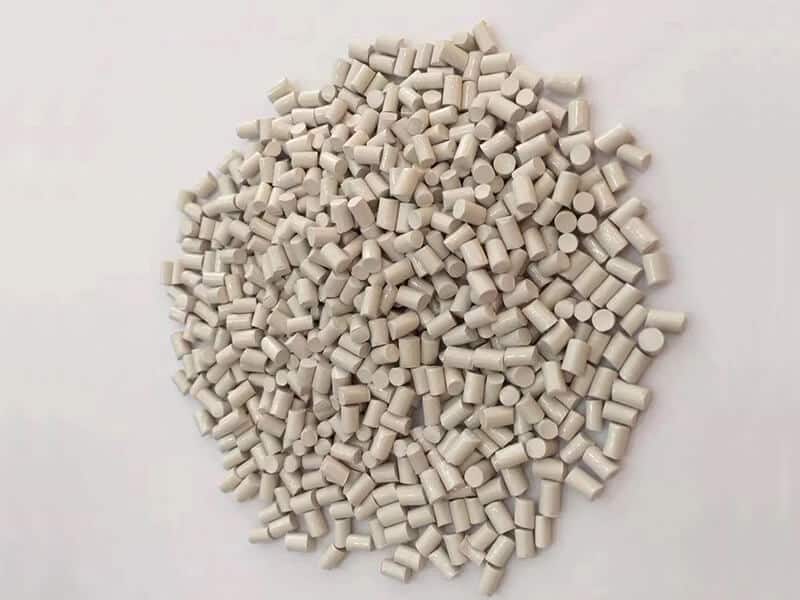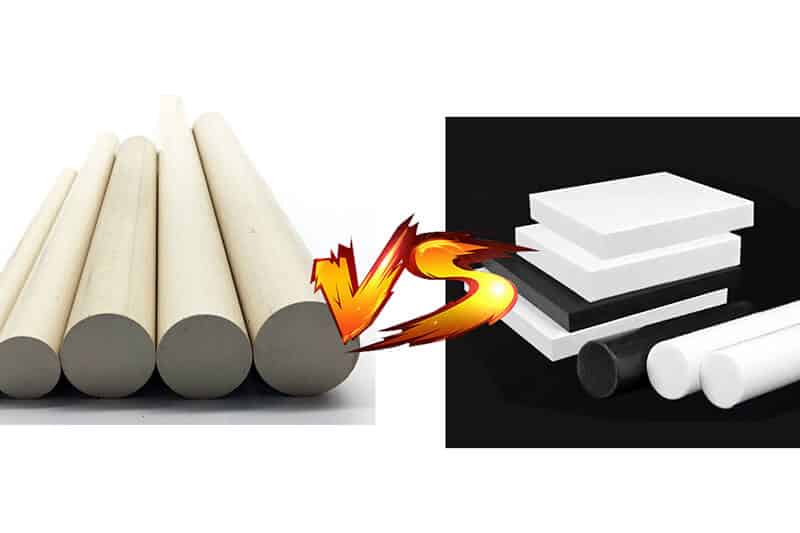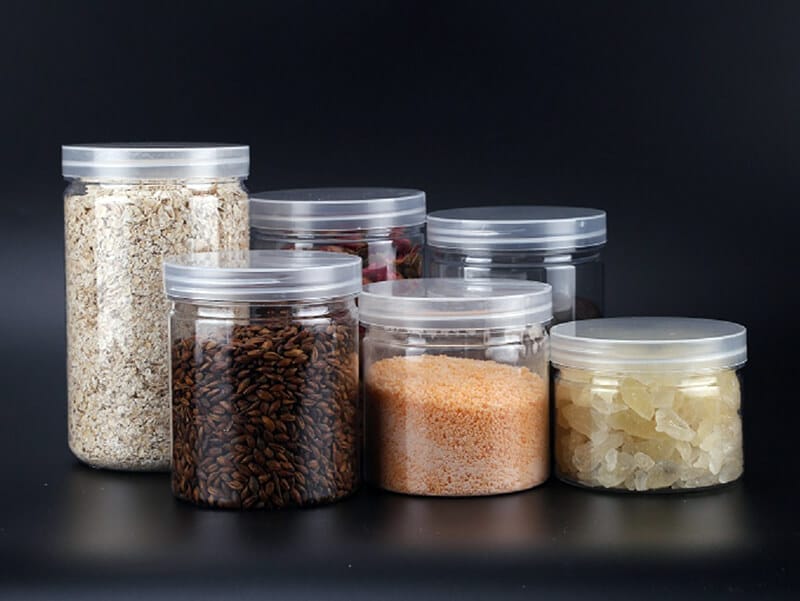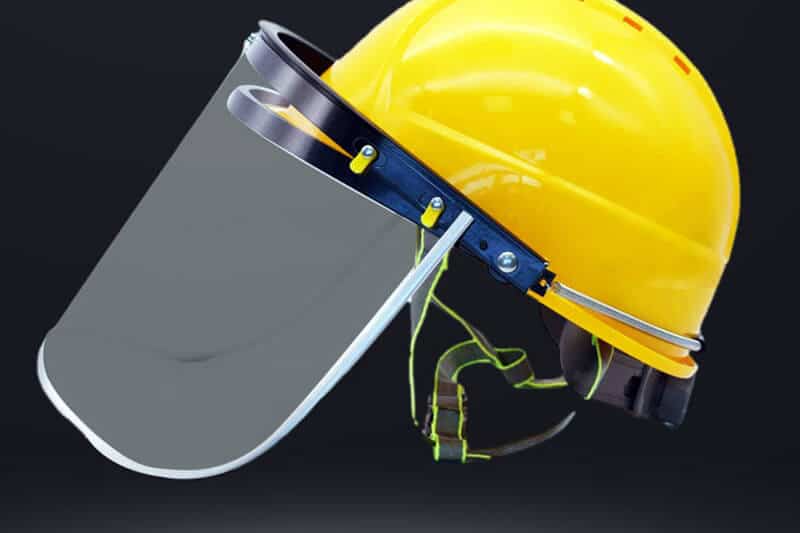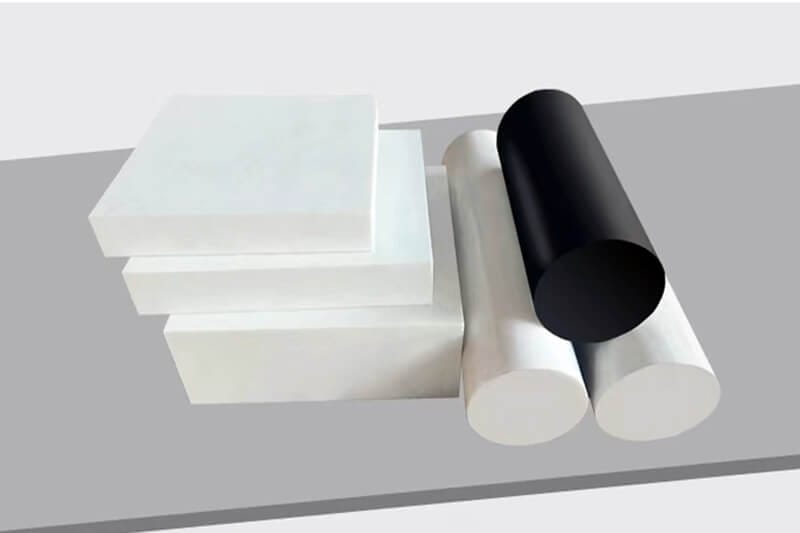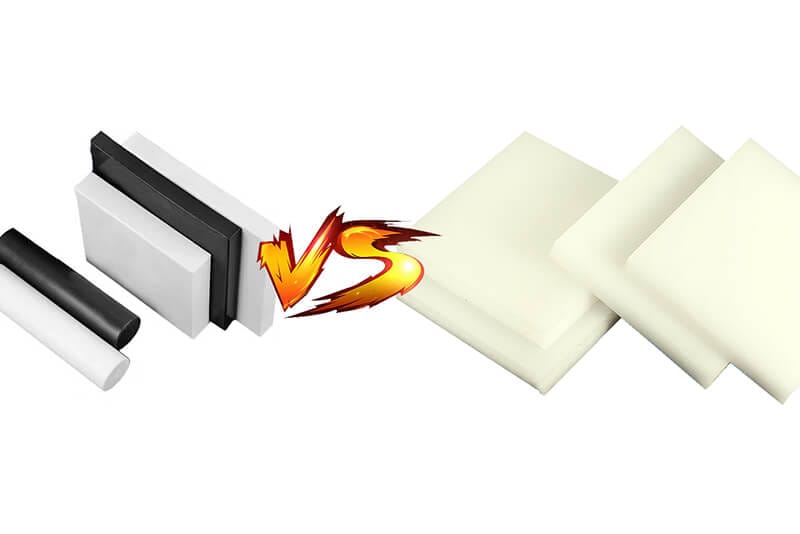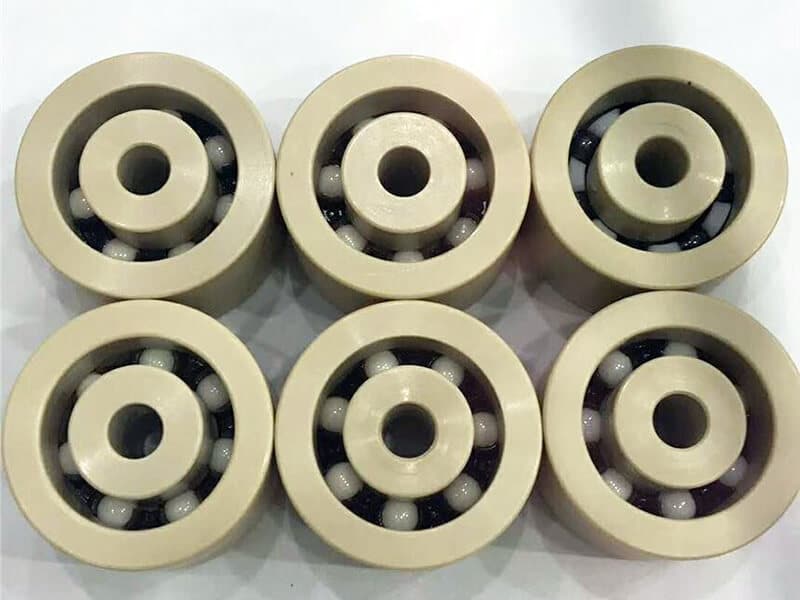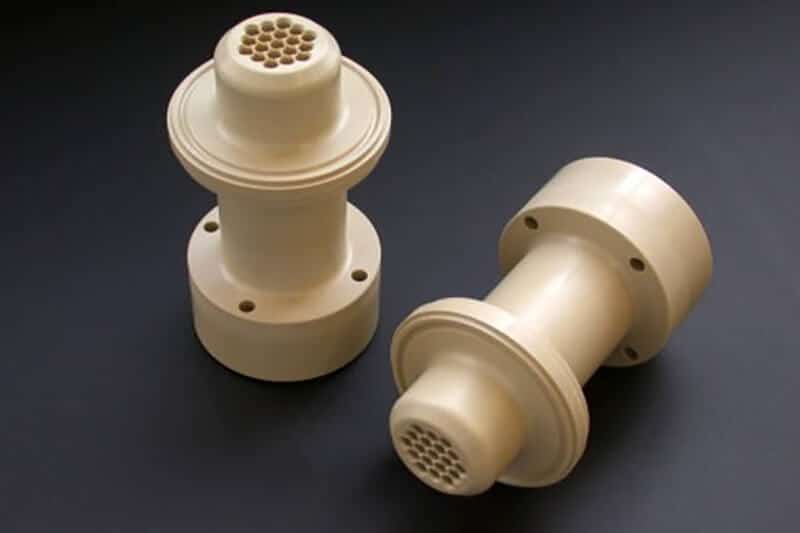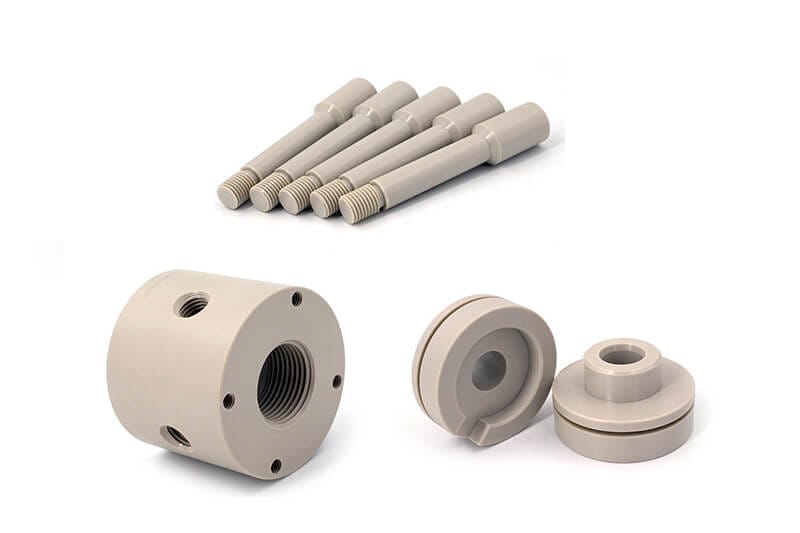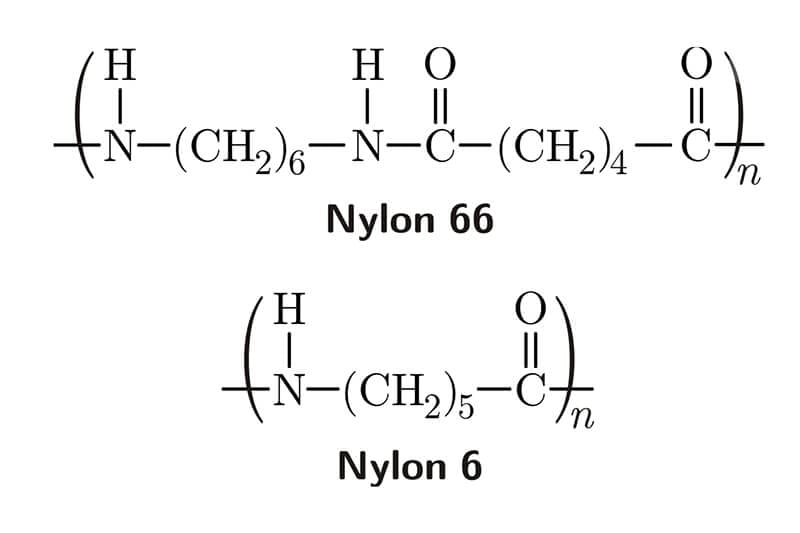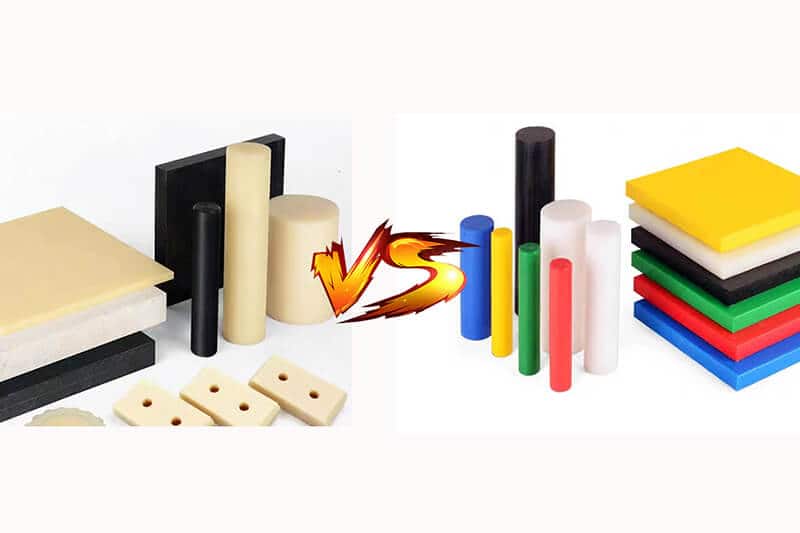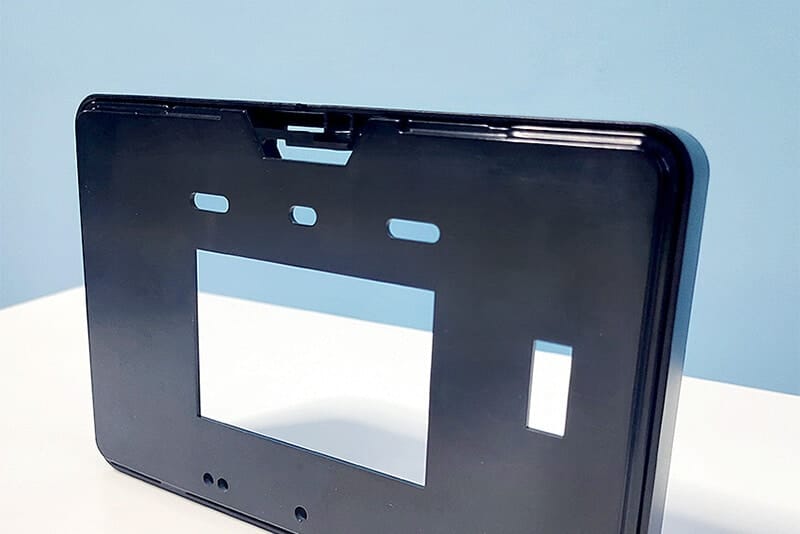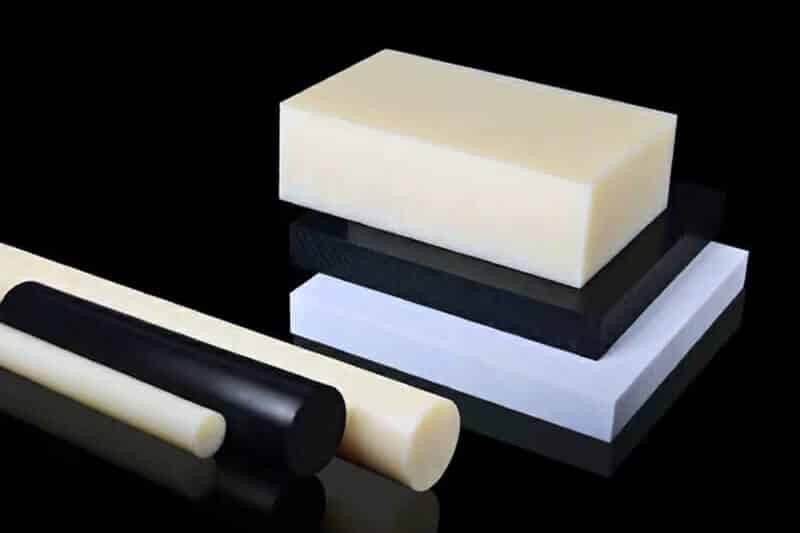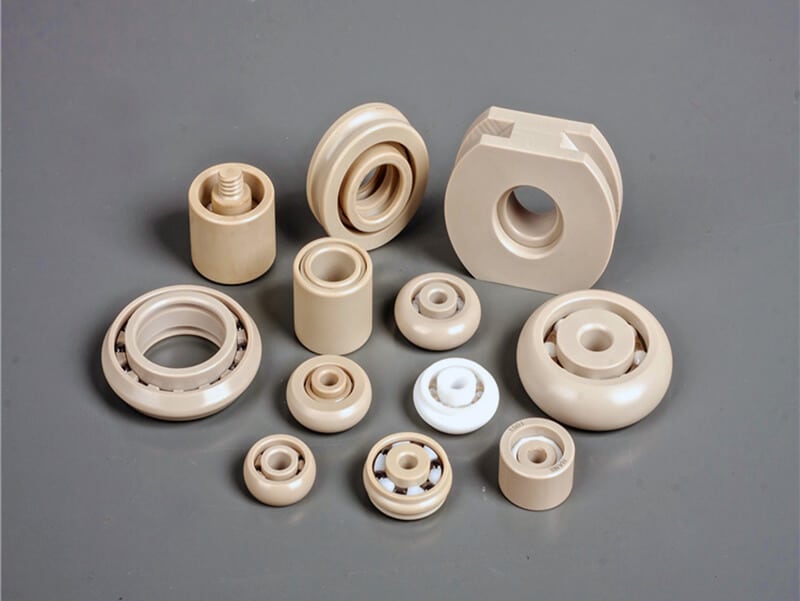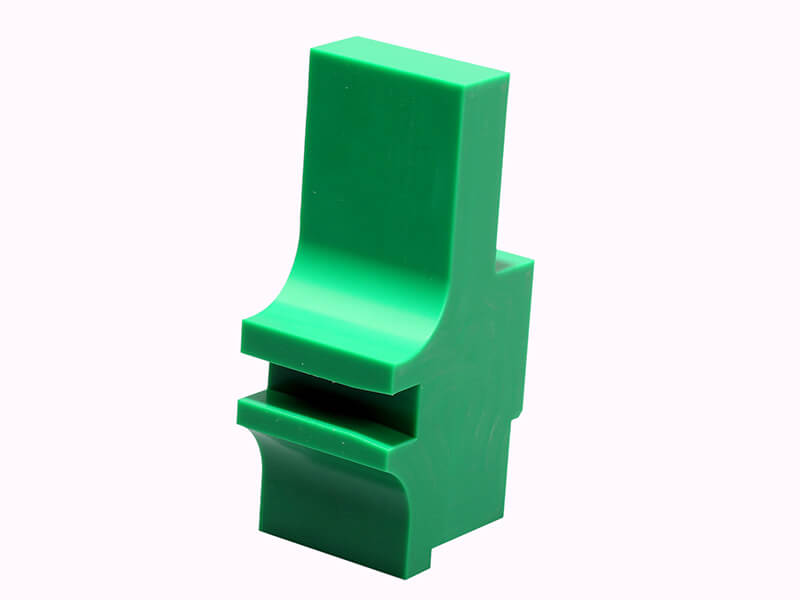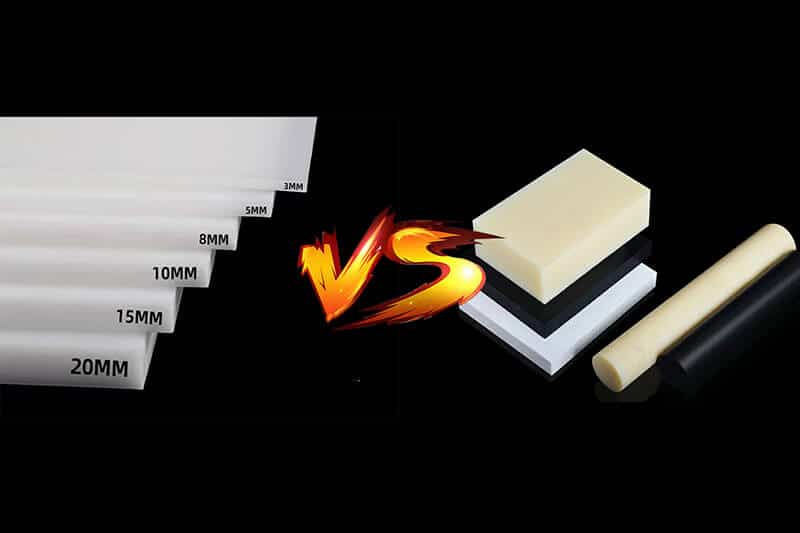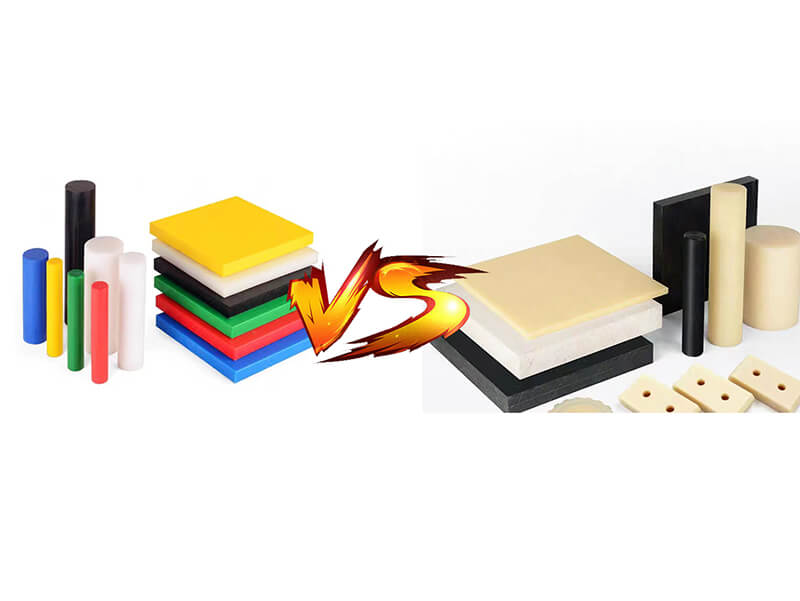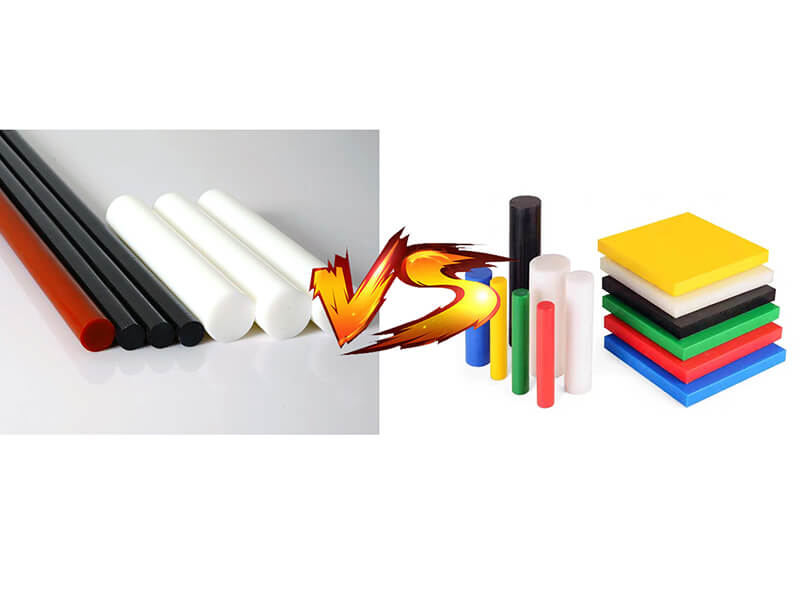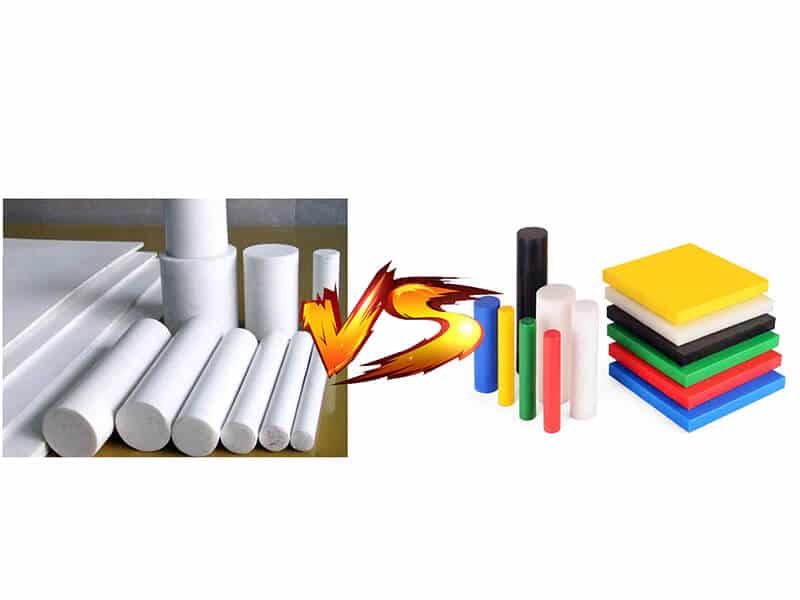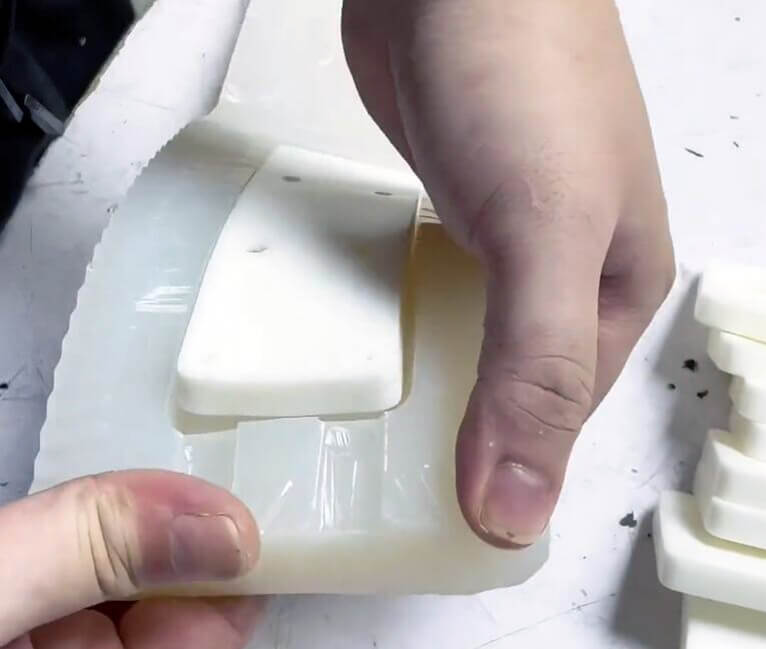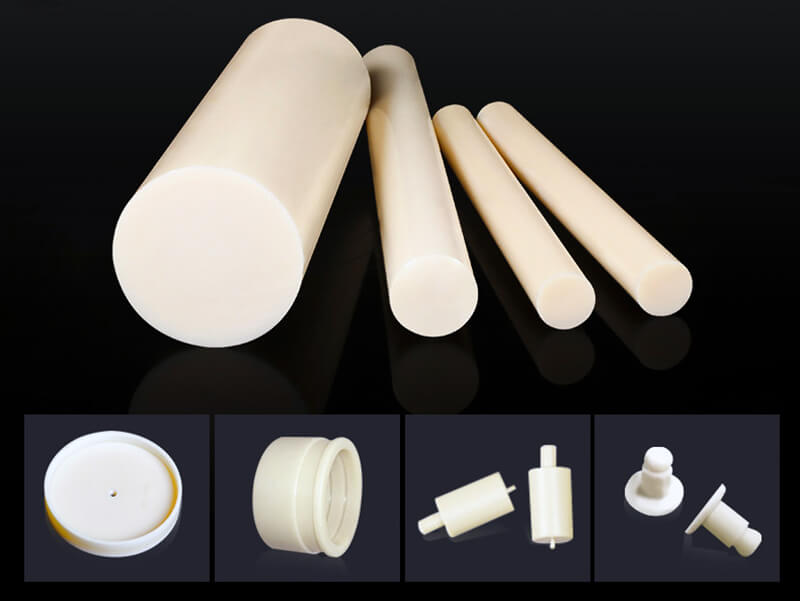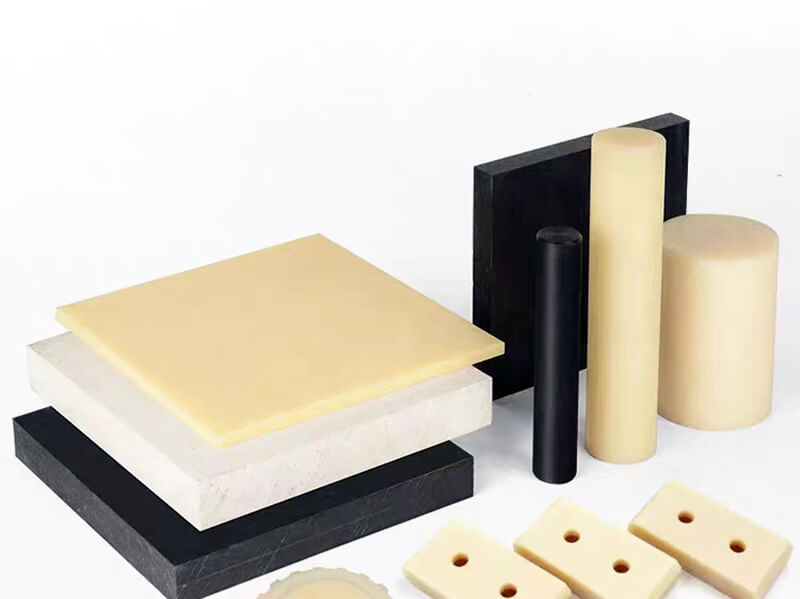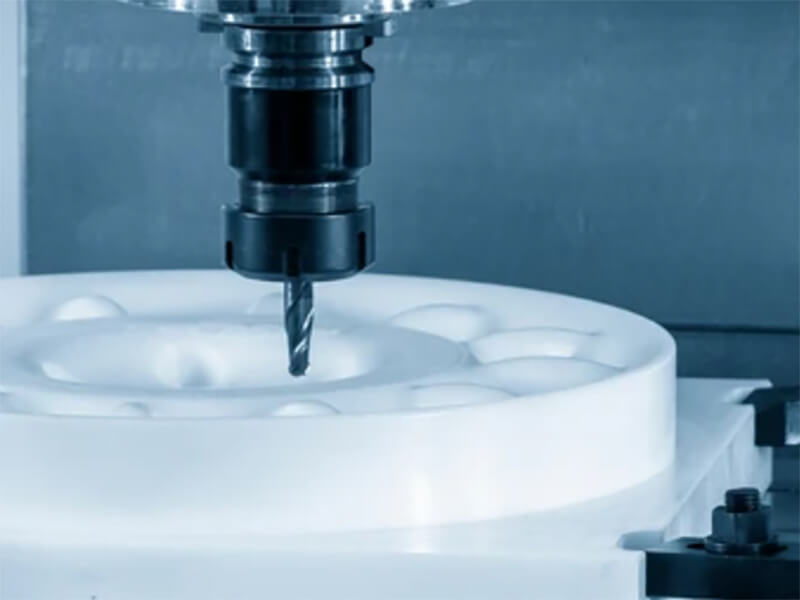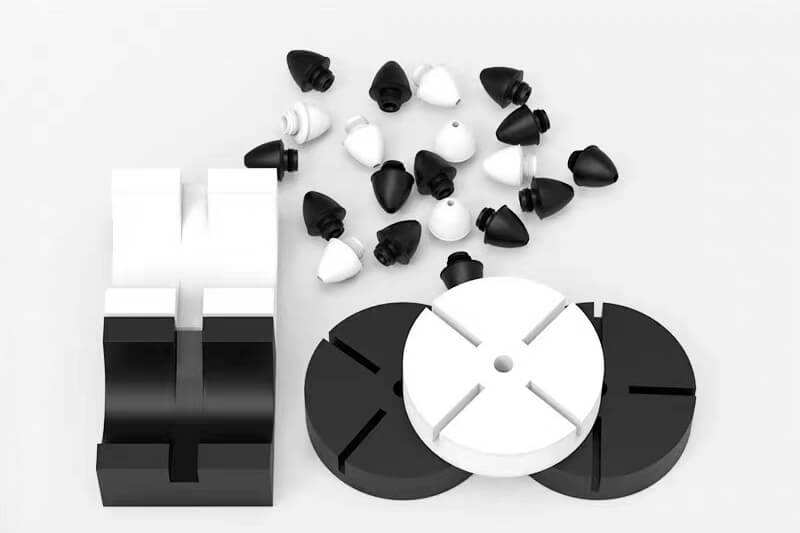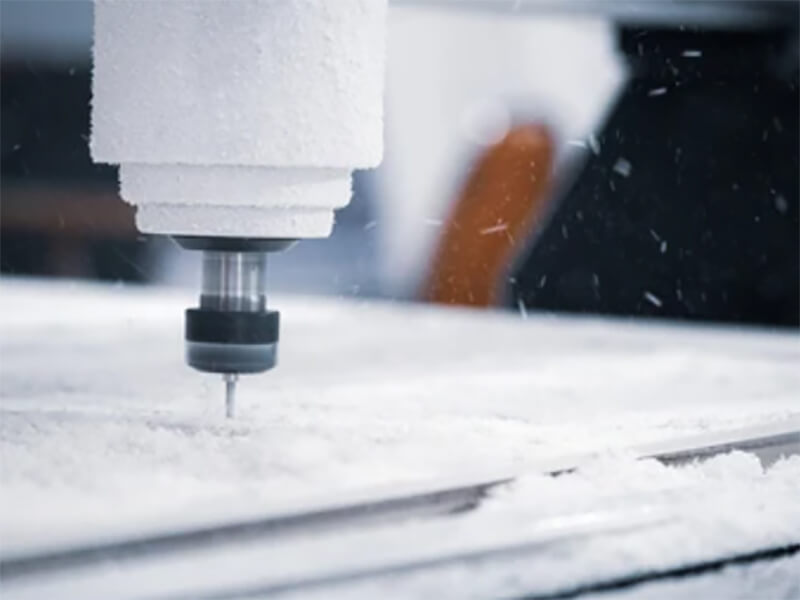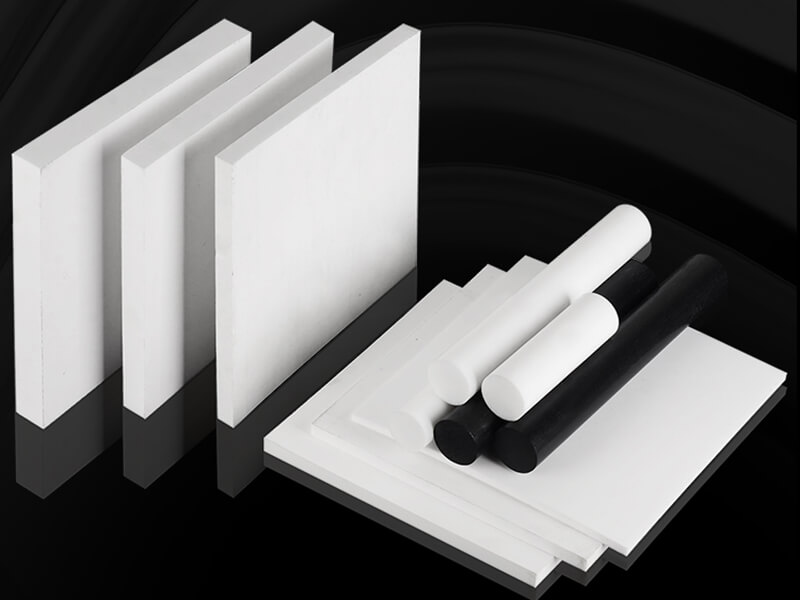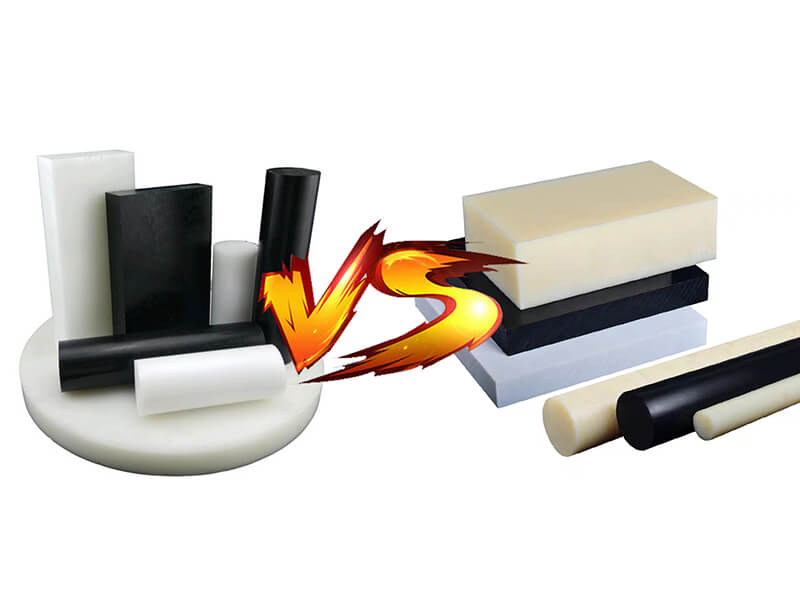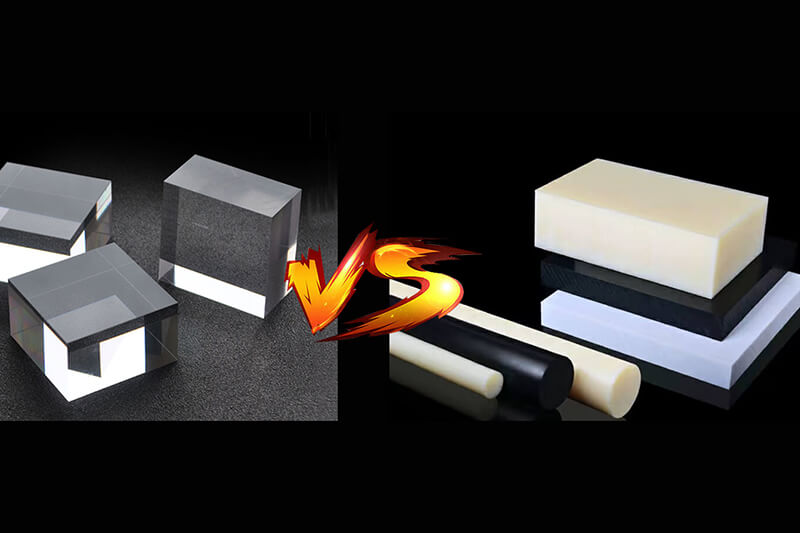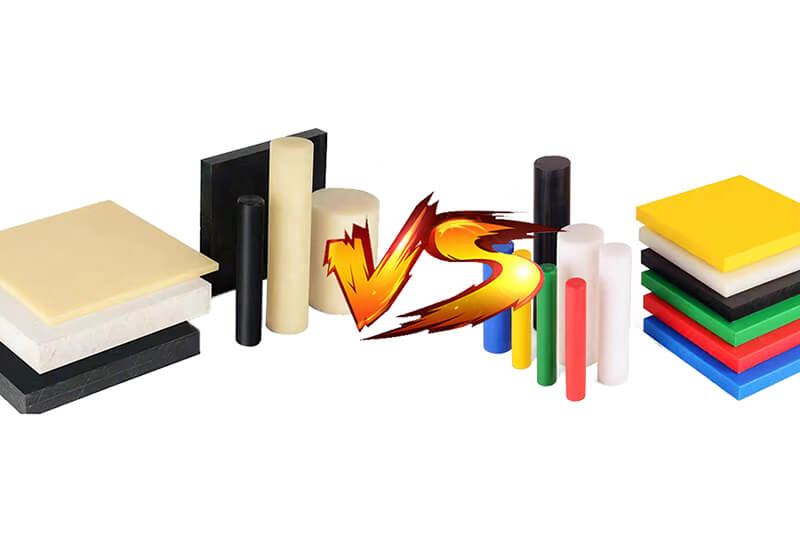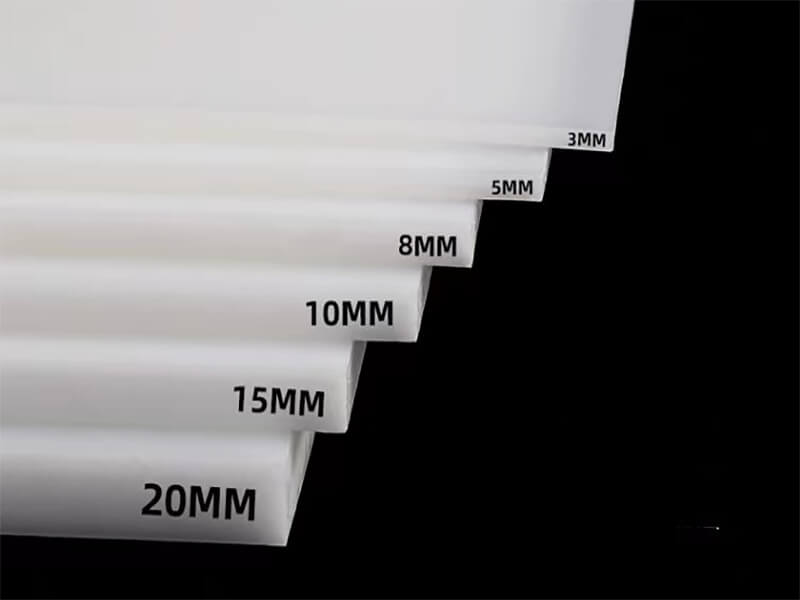What You Need to Know: Machining High-Density Polyethylene (HDPE)
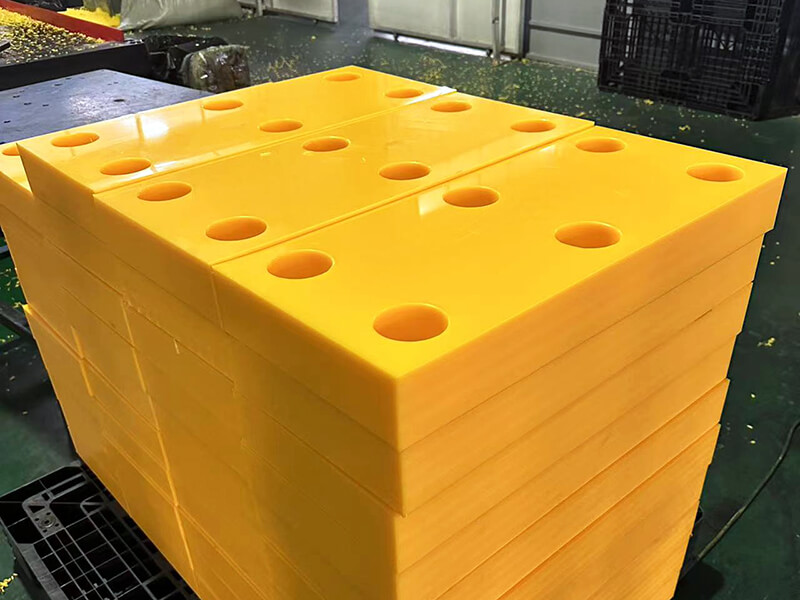
High-Density Polyethylene (HDPE) is a member of the polyethylene family of plastics-crystalline thermoplastic. This material is unique, with some exceptional characteristics like superior chemical resistance, excellent impact strength, critical dimensional stability, and a low coefficient of friction. Normally, HDPE plastic is made into sheets, rods, and tubes. It offers different colors.
It is easy to machine them into custom parts with high precision. The formation of HDPE offers a cost-effective and flexible solution to produce parts and components for various applications.
In this article, we detail various machining processes of HDPE while explaining the pre-machining steps. We also inform you of some crucial tips to deal with the challenges associated with the machining of this material.
Advantages of HDPE Machining
Here are the competitive advantages of HDPE machining:
An In-depth Exploration of Machining HDPE
The following are the guides on various machining methods of HDPE.
Sawing of HDPE
Below are the steps for sawing the HDPE.
- Step 1: To cut an HDPE piece, we select an HDPE sheet with above ¼ inch thickness. In the tool selection approach, depending on cutting criteria, we choose from circular saw, table saw, no-melt plastic cutting blade, etc.
- Step 2: We place the HDPE sheet on the work surface and clamp it properly. Then, using measuring tape and pencil, we mark the spots where cuttings will be initiated.
- Step 3: We install the cutting blade and adjust its height as per the HDPE sheet’s thickness and cutting criteria.
- Step 4: Now, we start the cutting process slowly. Here, we keep the rake angle -10 to 0 degrees and the relief angle 5 to 10 degrees. The cutting speed is determined based on the thickness of the HDPE: which ranges between 2,000 to 3,500 feet per minute.
- Step 5: Once the steady pace of the cutting process is progressing, we avoid forcing the board through too quickly. Here, frequent chip removal is also required to restrict the blocking of the cutting process.
- Step 6: We turn off the saw once the cut is complete. At this stage, it is crucial to wait for the blade to come to a complete stop before removing the cut piece.
- Step 7: Finally, we clean the work area to get rid of deposited dust and chips. Then, we closely examine the edges of the newly shaped HDPE pieces. We use fine-grit sandpapers to make the edge surfaces smooth and polished.
Milling Process of HDPE using CNC Machine
Below is the stepwise guideline.
- Step 1: As a pre-machining process, we examine the quality, structure, and composition of the respective HDPE piece to ensure the design will fit within the piece and there will be no problem in applying standard measures like speed, feed, etc.
- Step 2: Then, we arrange the required tools. We ensure that the going to be used tools are clean, rust-free, and sharpened enough. In general, to mill HDPE we use single or double flute end mill bits.
- Step 3: In this stage, we go for HDPE annealing to get a good result. The HDPE material is prone to surface cracks caused by heat during cutting and deformation due to internal stress. Annealing is an effective method to reduce these issues. This material treatment approach also assists us in achieving higher precision machining work.
- Step 4: Now, we insert the design specifications in the CAD program using a computer. We also input the speed and feed rates. For instance, in the case of a 1/8 inch end mill, we set speed and feed rates at 5000 revs per minute and 18 IPM, respectively. For a ¼ inch end mill, the speed is 4500 rev per minute, and the feed is 22 IPM. Here, it is better to command the milling process’s completion in some stages.
- Step 5: We position the respective HDPE workpiece in the CNC machine carefully. And switch on the machine.
- Step 6: Once the milling is started, it is essential to maintain close monitoring of the work progress to ensure effective chips and heat management. We clean the accumulated chips frequently and use coolant if an excessive amount of heat is generated.
- Step 7: Finally, after the completion of the milling work, we carefully examine the finishing level of the HDPE component. We use sandpaper to fix any inappropriate finish work.
Tips on Machining of HDPE
The below-listed tips are crucial for getting perfect HDPE machining work.
- If the design of the final outcome is complex, annealing the HDPE before machining is highly important.
- It is necessary to avoid the use of worn tools to restrict poor surface finish and machining time increment.
- Adjustment of speed and feed rates based on HDPE material type is more than essential. In-depth knowledge and experience are required in the determination process.
- It is essential to keep a dust-collecting container or bag at the work site as the machining of HDPE generates a greater amount of harmful plastic dust.
- While the blade or cutter is feeding, taking caution with hand positioning is important.
Final Words
To machine HDPE perfectly, it is essential to choose appropriate tools and machining techniques. Our expert guide on the process of machining HDPE is designated to help professionals and product designers enormously.
Finally, we would like to mention one more thing. Safety should always be a top priority when working with machinery and HDPE. We suggest professionals wear the right personal protective equipment.
UVTECO is a leading supplier of High-Density Polyethylene (HDPE) in China, meantime, provides the machining service for HDPE parts.
Related blogs

Looking for a trustworthy Supplier
Need a Trustworthy Supplier of Plastic, Foam, Sponge, Rubber, Metal, and Machining Solution. Click the Button, We Will Be In Touch With You As Quickly As Possible.

